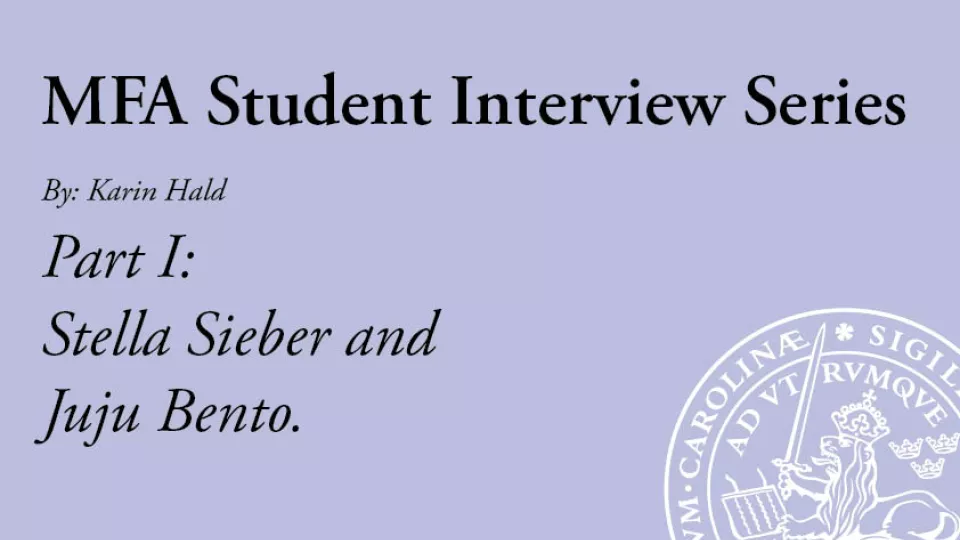Stella Sieber
When entering Stella Sieber´s MFA exhibition Hocus Pocus Focus Locus, a small painting was the first to catch my eye, depicting a small cooking pot placed within a home and a city, that seemed to be anything but solid. The same emotional landscape was conveyed by the artist throughout the show, where hierarchies between different modes of seeing and understanding were negotiated.
How has the process been of making this MFA show?
It is curious to me how you point out this allegorical in the image of this half landscape, half still life painting as somewhat reoccurring in the show. I can say that in the process of making the exhibition, there have been many allegories in my mind that would enable a conversation about the construction of image-making. There is a construction site in the painting that you mentioned within the cityscape as well.
But throughout the process, it occurred to be important, to precisely break with any allegory of painting. I rather try to make images or paintings that seem to be in the flux of some processing.
What has been your inspiration?
I am very interested in the peculiarities of people, their desires, and the social dynamics of power.
That's why I was inspired to play with the diversity of how languages of images can come along. I intended to make the show about a notion of what the “surrounding” could mean.
Who is surrounded by who and what, by which place, and how does this occur within the space of painting? Where does the attention go and is it all just Hocus Pocus, art as a misunderstanding of some kind of supranatural promise?
You seem to be working with hierarchies in your presentation, for example when you place printed paper in front of a painting, what has been your motivation behind this?
I find it fantastic that you see these hierarchies, as I see hierarchies or contrasts of production modes in image-making for instance, as maybe the only way to anticipate the viewer’s gaze. The viewer probably connects between such modes of displaying that you mentioned; they might be the missing link in between ideas and non-ideas, between the works and the cognitive infrastructures of those.
And maybe the viewer is left in the same situation as me. I'm just processing all kinds of contrasts too, as they are in relation to each other.
I think it´s a lot about attention and playing with modes of presentation that quasi-unravel something. And by adding something to a wall or adding a canvas onto a canvas I can emphasize this thing that art as being just another thing or matter and not necessarily a mirror of a world or a life that is obviously transient.
In your hand-out text which accompanied the exhibition, you write “In our social networks, in the artworld, one's position should be choreographed sensitively in giving each other space”. I find this very interesting as well as a key to understanding the works even further. How have you dealt with this sensitivity in the work?
I think it is important to be careful about the depiction of anything that might be called contemporary life whereas such might rather stem from some implementations of a consumer culture and whereas the realities of wealth differ tremendously on this planet. It is not easy to curb up bourgeoise ideas of art as mirroring "life".
Still, I am interested in addressing this place on earth as a commonplace that is being structured by industries of desire. In that regard I tried to guide the viewer a little by how I worked with the architecture of the space. By setting up mirrors and creating different spaces within the space, making the works mirror in another.
I wanted to give different notions of cultural habitats: the civilizatory trope of the kitchen coexisting with Forest Paintings as a matter of pre-civilization for instance.
Stella Sieber's exhibition was displayed at Malmö Art Gallery (KHM1) January 19th - February 3rd 2024.
Interview by Karin Hald.
Juju Bento
When entering the upper gallery of Malmö Art Academy to see the MFA exhibition entitled “Aero-Light over Dark-Round, in Habitáculo” by Ana Maria Godinho Prates Alves Bento, the room was dimly lit, with lamps cast in concrete. They were shining a light upon several sculptures, which yet again cast their light in different ways into the exhibition space, some by the use of water.
When reading the exhibition text, it was clear that Bento, or Juju as she goes by, had been thinking of light in relation to water in particular, as the text read:
“In an aero drowning. Immersed in an aqueous space that invades me. This instant is about a fog propagation in an extended, clenched, and heavy twilight around me - humidity is the ratio of water vapor to the amount of air in a particular mass. Between this mist, my lung’s rhythm gets disorganized from the atmospheric spacial superficiality. Floating has this first moment: it is about lung concentration, trust in dark water, and hope in a mirror. And the lungs dilate because the air vivifies them. It is from frontal planes the air I try to inspire is made of.”
How has the process been of creating this exhibition?
The process was long. It has traveled from reading to writing, to drawing, to testing, and to finally feeling it. It was also lonely, concentrated, and silent. It was between me and myself, me and the milieu around me.
What has been your inspiration?
My inspiration to create this exhibition comes from a bodily experience. Between my organism and surrounding natural conditions, provoked by the natural elements that guide me to memories, experiences, or the circumstances. Experiences that happened in the months before the exhibition in many different places of my everyday routine. Besides that, what I have been reading in the meantime, also influenced my way of thinking.
The exhibition is an answer in relation to all those different aspects.
Your exhibition text is very poetic and tactile. Is writing an important part of your process when making art?
Yes, it is. I live with a small Moleskine notebook always in my pocket. On it writing and drawing culminate in instant moments.
When entering the exhibition, there were “signs” that a performance had taken place in the shape of a mixing board on the floor. As it stood there ready to be used, it was both loud and silent at the same time. What did the performance entail and how did it correlate with the exhibition?
The performance was ongoing. I programmed the mixing board with a light and sound system, but I could not have total control of it nor wanted to. Microphones were transmitting and being mixed in a live streaming. So, I acted as a sort of choreographer of the lighting and sound timings before the opening of the exhibition. After that, the whole exhibition was an ongoing improvisation performance living by its own will.
Juju Bento's exhibition was displayed at Malmö Art Gallery (KHM2) January 19th - February 3rd 2024.
Interview by Karin Hald.
Exhibition photos
Hocus Pocus Focus Locus, by Stella Sieber

Hocus Pocus Focus Locus by Stella Sieber. Photo: Youngjae Lih.

Hocus Pocus Focus Locus by Stella Sieber. Photo: Youngjae Lih.
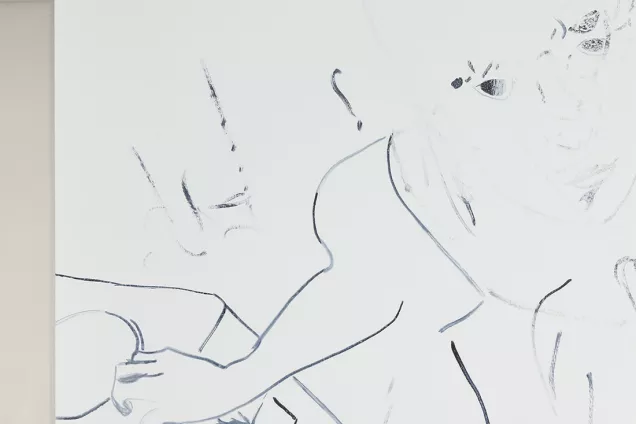
Hocus Pocus Focus Locus by Stella Sieber. Photo: Youngjae Lih.
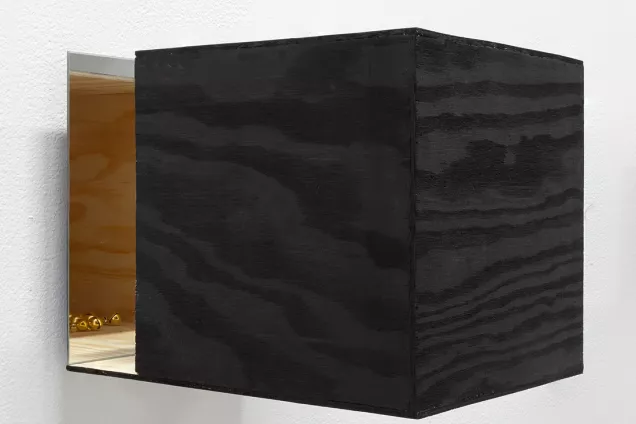
Hocus Pocus Focus Locus by Stella Sieber. Photo: Youngjae Lih.
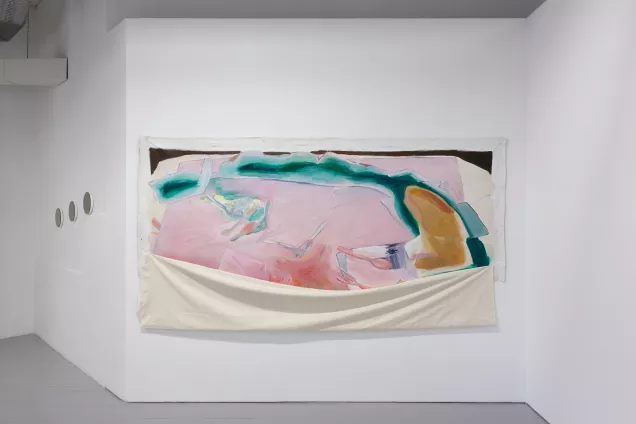
Hocus Pocus Focus Locus by Stella Sieber. Photo: Youngjae Lih.
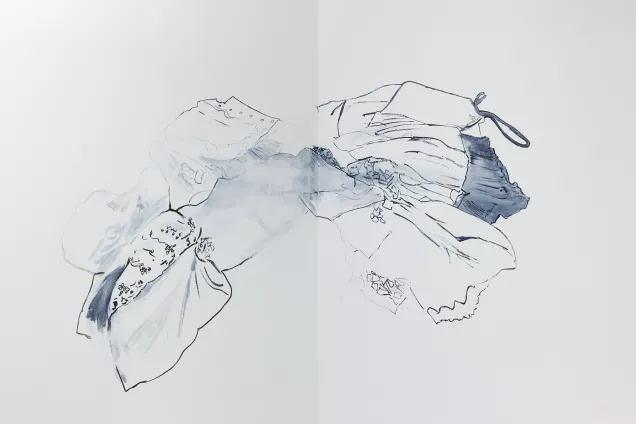
Hocus Pocus Focus Locus by Stella Sieber. Photo: Youngjae Lih.
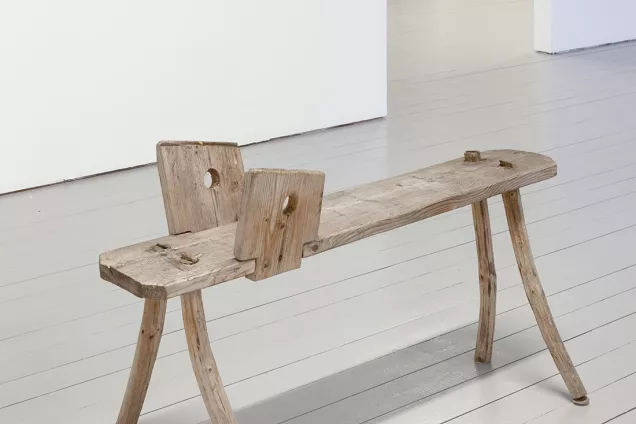
Hocus Pocus Focus Locus by Stella Sieber. Photo: Youngjae Lih.
Aero-Light over Dark-Round, in Habitáculo, by Juju Bento
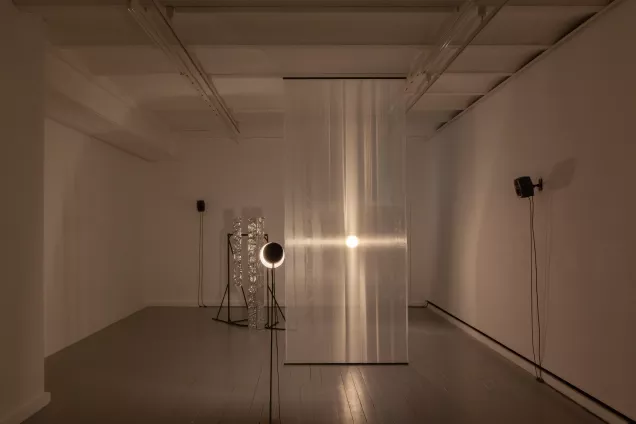
Aero-Light over Dark-Round, in Habitáculo, by Juju Bento. Photo: Youngjae Lih.
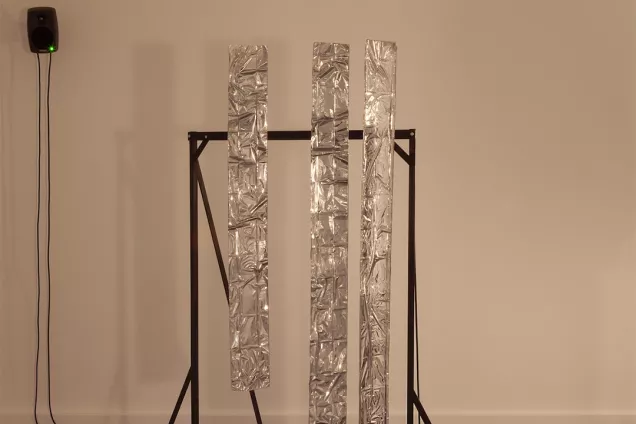
Aero-Light over Dark-Round, in Habitáculo, by Juju Bento. Photo: Youngjae Lih.

Aero-Light over Dark-Round, in Habitáculo, by Juju Bento. Photo: Youngjae Lih.
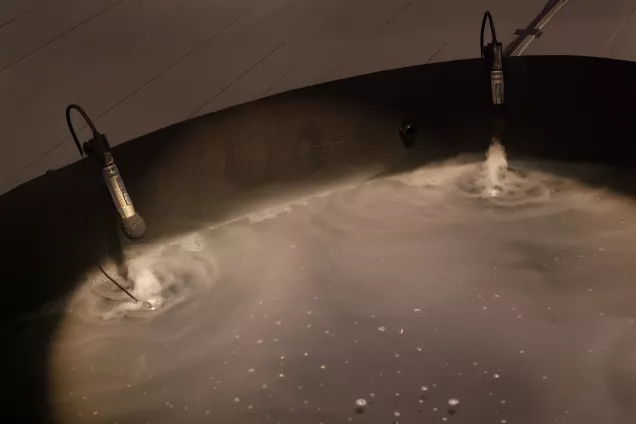
Aero-Light over Dark-Round, in Habitáculo, by Juju Bento. Photo: Youngjae Lih.
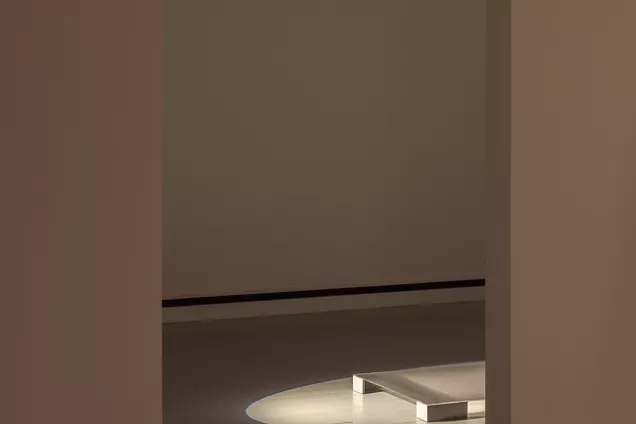
Aero-Light over Dark-Round, in Habitáculo, by Juju Bento. Photo: Youngjae Lih.
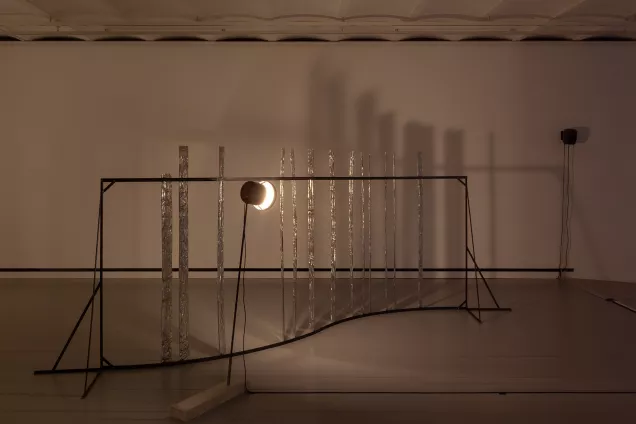
Aero-Light over Dark-Round, in Habitáculo, by Juju Bento. Photo: Youngjae Lih.
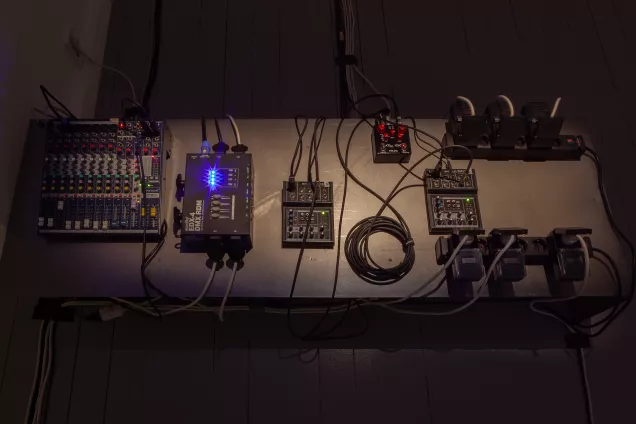
Aero-Light over Dark-Round, in Habitáculo, by Juju Bento. Photo: Youngjae Lih.
